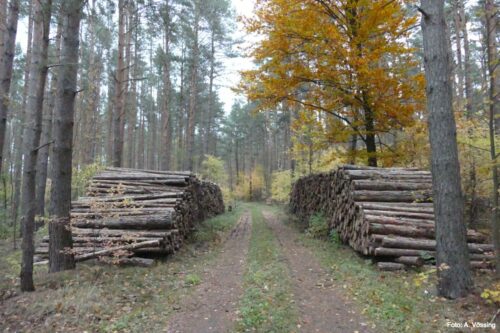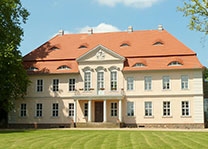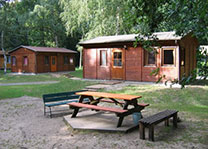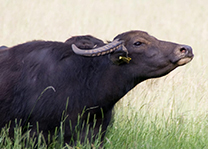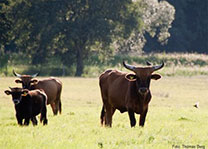The forestry plays only a minor role in the poorly wooded Lower Oder Valley and, even in socialist times, was not pronounced either in the remains of the alluvial forest or in the hillside forests, which are difficult to manage. For this reason, the Brandenburg Ministry of the Environment, when designating the first total reserves in 1995, used the opportunity to designate mainly forest areas as wilderness zones. In addition, the association tries to gradually increase the proportion of alluvial forest in the Lower Oder Valley through biotope-setting measures.
Forestry has largely ceased in the forests of the national park, even where the earlier reforestation measures, including foreign woody plants and monocultures, can be found. However, large parts of the deciduous forests are already in a natural state that is worthy of a national park. There are no conflicts between nature conservation and forestry in the national park. However, the proportion of forest is also comparatively small.
- Intensive timber management



